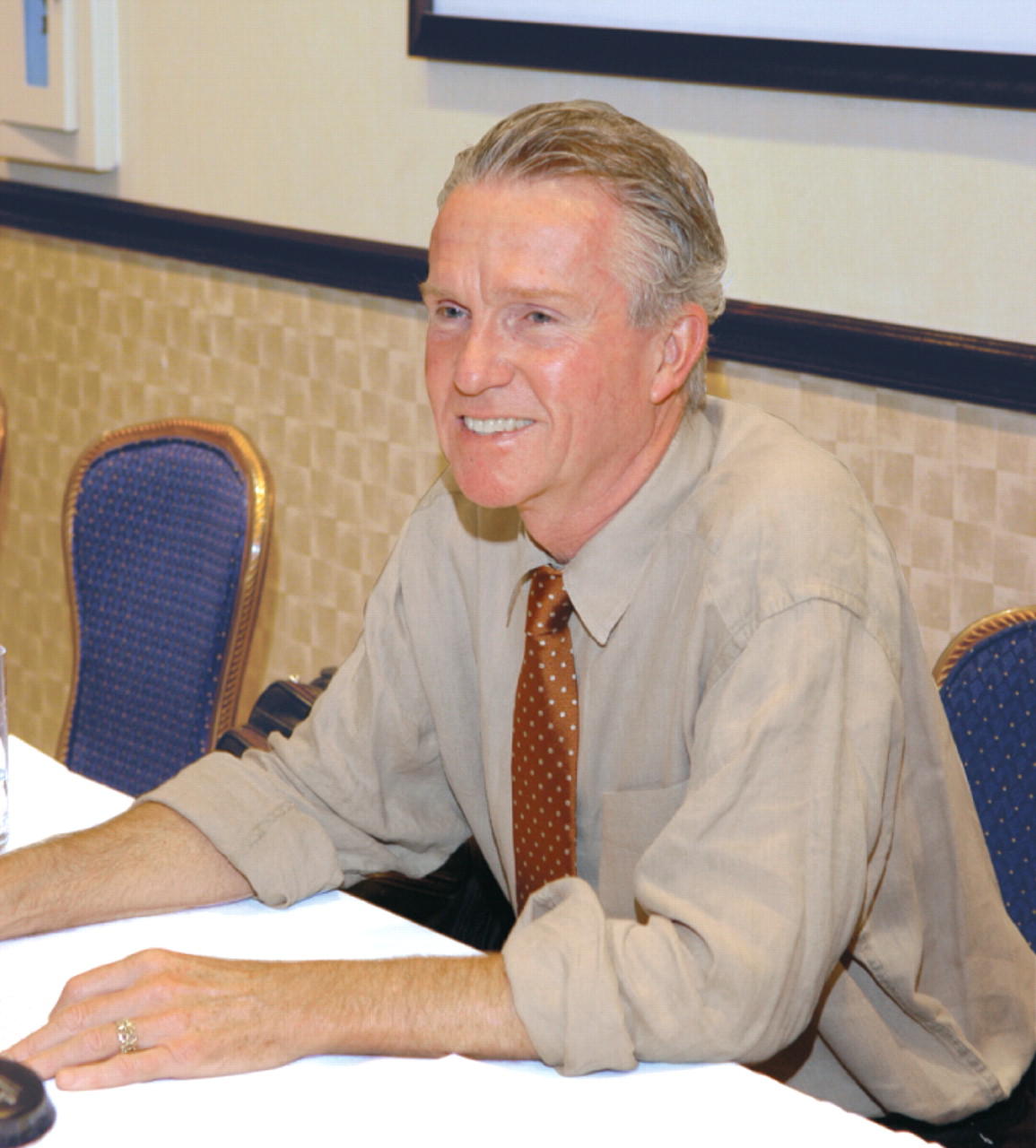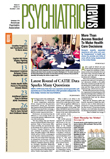Survivors of suicide—those left behind after the self-inflicted death of a loved one—are natural allies for the psychiatrist who seeks to know and understand the uniquely painful world of suicide and its aftermath.
So say co-authors psychiatrist Michael Myers, M.D., and suicide survivor Carla Fine, M.S., whose different perspectives were discussed in a presentation titled “Touched by suicide: Bridging the Perspectives of Survivors and Clinicians” at the APA Institute on Psychiatric Services in New York in october. Their book Touched by Suicide: A Guide to Hope and Healing After Loss was published this year by Gotham/Penguin Books.
Fine (who was unable to attend) and Myers agree that clinicians and survivors speak a different language as they approach suicide from their alternate perspectives, but those perspectives need not be at odds. The clinician, concerned with etiology and epidemiology, and the survivor, who inhabits a solitary inner world of loss, can inform each other.
Myers said that survivors form a kind of “community” that is uncommonly responsive to helping individuals who have lost a loved one to suicide.
“Most survivors bring enormous passion to the world of suicide prevention,” Myers said. “Their loved one has died alone. It has been... a death that does not make sense, a death that should not be forgotten. They volunteer enormous amounts of their time to make a difference.
“One of the painful realities of being a clinician is that our efforts are not absolute, never 100 percent effective,” he said.“ I cannot always help a survivor to regain faith and continue living after losing their dear loved one. But I know that another survivor may assist in restoring my patient's hope.
“If she can talk to another parent whose son killed himself and who herself was dangerously suicidal for weeks or months after his death, then I am reassured, at least in part, that my patient may hold on.”
Myers is a clinical professor of psychiatry at the University of British Columbia; Fine's husband committed suicide in 1989 at age 43. Fine was unable to attend the conference due to illness in her family, but Myers delivered her prepared remarks. And in those remarks she echoed his comments that the survivor knows something about suicide that no one else can know.
“When my husband killed himself, I thought I was the only one who had experienced such a loss,” she said. “I thought I would never recover, that I was the only person in the world this had happened to, that no one could ever possibly understand what I was going through.
“In an instant I entered a different realm of existence from anything I had ever known before,” said Fine, who also wrote the memoir No Time to Say Goodbye following her husband's suicide.
“The lens of a survivor is anecdotal and subjective,” she said.“ Yet we are the witnesses, the information gatherers, the first-hand observers who have lived with or known intimately the person who has died by suicide... .We can inform the work of researchers and clinicians by describing behaviors that, in the wake of suicide, are now considered symptoms. We can recount details of our loved one's demeanor that may shed new light on the decisions or process one goes through before ending his or her life.”
The special knowledge that the survivor brings to the experience of suicide and its aftermath is not the same as a clinician's knowledge of risk factors and epidemiology—it amounts to an entirely different language and vocabulary.
“We professionals regularly use scientific and technical language to convey our observations and findings to each other in both oral and written forms,” Myers told his audience. “This language facilitates communication, gives momentum to our discoveries, enhances our clinical competence, and ultimately, helps our patients and their families. The downside is that our language can be distancing, highly intellectual, and devoid of feeling.”
Myers recalled showing a videotape he produced in 1998 titled “When Physicians Die by Suicide: Reflections of Those They Leave Behind” at a psychiatric grand rounds.
“The stories of the survivors on the tape are powerful, evocative, and emotionally engaging,” he said.
But when the lights came up after the videotape ended, he recalled that a hand shot up in the audience and a voice rang out asking a pedantic question about epidemiology of suicide.
“We professionals can take a lesson on language from survivors,” Myers pointed out. “If our language is academic, and our manner is stiff and stultifying, we will not connect.”
Fine said that survivors—who once were shunned and avoided by professionals seeking to understand the phenomenon of suicide—have come to be included in public health efforts aimed at prevention. She said that the professional and scientific communities have embraced her since she has become an activist in the wake of her tragedy.
” You've opened up your private world to us, I was told. What became obvious to me was that we share a common goal,” Fine said.“ Our goal is to bridge the gap between survivors and professionals—to find a common ground. Together we are looking for answers in the canyon of why. “ ▪

